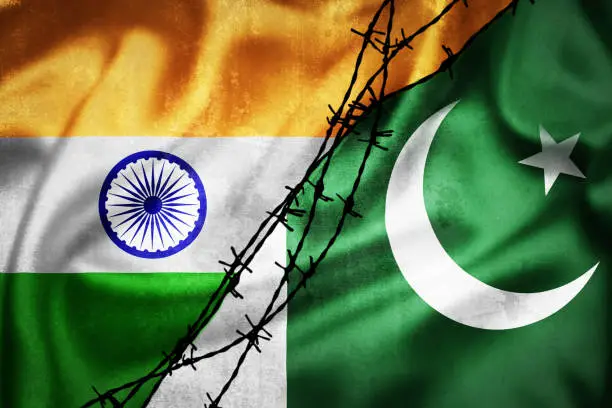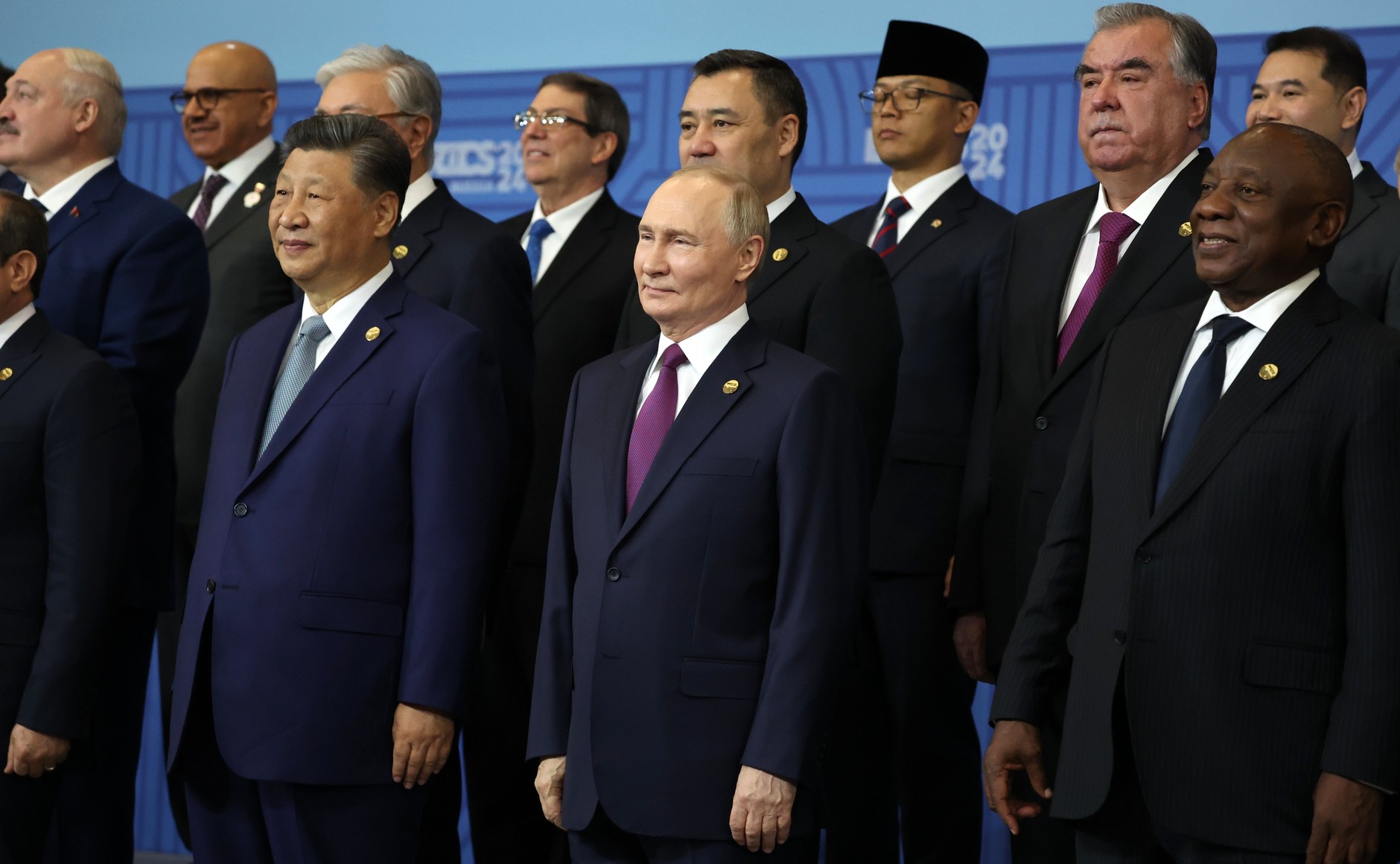Escalation of Hostilities
In the early hours of May 7, India launched “Operation Sindoor,” targeting what it described as terrorist infrastructure within Pakistan. The strikes resulted in significant casualties, with Pakistan reporting 31 civilian deaths and 57 injuries. In retaliation, Pakistan claimed to have downed five Indian jets and destroyed multiple Indian military installations along the Line of Control.
The following day, Pakistan reported intercepting 25 Indian drones over major cities, including Karachi and Lahore. Debris from these drones caused additional injuries and property damage.
U.S. Response
In light of the escalating tensions between India and Pakistan, the United States has urged both nations to pursue restraint and dialogue. In an official statement, Secretary of State Anthony Rubio emphasized that “the United States is closely following the situation in the region, as it remains committed to promoting peace and stability.” The statement reflects Washington’s growing concern over the potential for wider regional conflict and underscores its support for diplomatic solutions over military confrontation.
As the India-Pakistan border heats up again, a wave of airspace violations and missile strikes has pushed the two nuclear-armed neighbours into a dangerous new phase. On May 7, Pakistan reported that 25 Indian drones had entered its airspace, some reaching deep into major cities like Lahore and Karachi. According to Dawn, multiple drones were intercepted and shot down by Pakistani defence systems. Authorities on both sides have begun heightening military alert levels as fears of escalation grow.
Following the drone incidents, Pakistan also alleged that it intercepted several Indian missiles targeting areas in Sindh and Punjab provinces. In response, the Pakistani military launched counterattacks along the Line of Control. The escalation marks one of the most severe confrontations since the Balakot air strikes in 2019.
In reports published by Reuters, Indian defense officials confirmed “tactical operations” but described them as preemptive, aimed at neutralizing cross-border threats. Meanwhile, Pakistan’s Foreign Minister condemned the strikes as “unprovoked aggression,” claiming they resulted in at least 31 civilian deaths and over 50 injuries.
The Guardian noted that the renewed conflict appears to be centered around contested regions in Kashmir, with drone surveillance and missile exchanges intensifying in the area. Visuals shared on social media — including verified images of debris and damage — have fueled public alarm and political pressure in both countries.
One of the widely circulated images, captured in Karachi, shows a member of Pakistan’s Crime Scene Unit inspecting the wreckage of a downed drone. Another shows Indian soldiers collecting missile fragments near Amritsar — both published by The Guardian.
Concerns about a possible escalation into full-scale war are growing internationally. The New York Post quoted Pakistan’s defense minister warning that “a clear and present nuclear threat exists if diplomatic channels fail.” Meanwhile, AP News reported that India’s foreign affairs ministry insists it was acting within its sovereign right to defend national security.
As the international community calls for de-escalation, diplomatic avenues appear strained. The UN has urged restraint, while neighbouring countries watch closely, hoping the situation does not spiral further.




